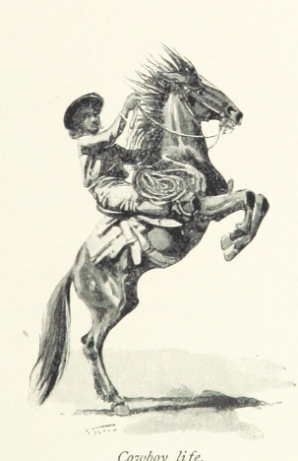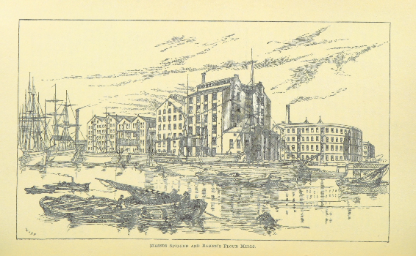
Hidden between the covers of old books lies a remarkable visual record of the world and its inhabitants. Book illustrations span centuries and represent everywhere from Wales to Wyoming. Illustrations tell stories about the ideas and beliefs of those who created and read them across time and space. They are also material objects, which circulated around the globe and contributed to transnational world views, both shared and contested. These images give new meanings to natural and built environments and foreground complex intersections between people and place in their depiction of the local and foreign, the traveller, the indigenous, colonized, and displaced. Illustrations are especially significant for cultural institutions, which are often heavily invested in locations and communities. A notion of place is intricately interwoven in the contextualization of collections and the ways in which institutions define themselves and are experienced and engaged with.

Yet historical book illustrations are rarely used or analyzed in cultural institutions, even though digitized collections of illustrations exist in libraries and are accessible online. Several factors underlie this neglect: there is a limited awareness of the importance of illustrations, especially as many have been out of sight for so long and viewed as secondary to unique artistic objects; and the sheer scale and variety of digitized illustrations makes it challenging to find relevant images and to analyze them alongside each other. To put it simply, it is difficult to identify what illustrations are ‘out there’ and what can be done with them even if they are found. Prior to the digitization of illustrated books, the theorist, Gérard Genette, decided against research into illustrations because the field was an ‘immense continent’.

It is this ‘immense continent’ that the project seeks to explore by bringing together scholars in illustration, museum studies, and computer science in UK and US cultural institutions with different requirements, audiences, and collections: Special Collections and Archives, Cardiff University, the American Heritage Center, University of Wyoming, Buffalo Bill Center of the West, Lambeth Palace Library, and the National Trust.
A collaborative model informs our practice, with the research questions posed by curators moulding the development of digital methods that will reveal a forgotten world of images and uncover marginalized histories. Computational tools (e.g. crowdsourced tags, caption capture, geoparsing) will be used to identify a significant subset of book illustrations of places and people from a core digitized collection of illustrated books from the British Library, thus enriching its searchability and relevance.
In response to the research questions of the cultural institutions, these illustrations will then be placed in dialogue with each other and with other images and objects in collections, challenging conventional categorizations and enabling hidden histories to be revealed. Computer vision, which has rarely been used in this context, will allow us to interrogate iconographic similarities and divergences, effectively charting the construction, transformation, and subversion of visual ‘stereotypes’ (a term that is itself bound up in the printing of illustrations).
We will for the first time be able to identify changes in illustrations of buildings or landscapes, or trace affinities and differences across representations of people, a comparative analysis that is impossible in the material form of the book.

The histories uncovered on this project are significant in themselves and in the digital methods used to reveal them. Our objective is to create an environment and infrastructural legacy that will generate a deeper knowledge of the requirements and possibilities of digital methods for understanding illustrations, and to find a place for these images within cultural institutions.